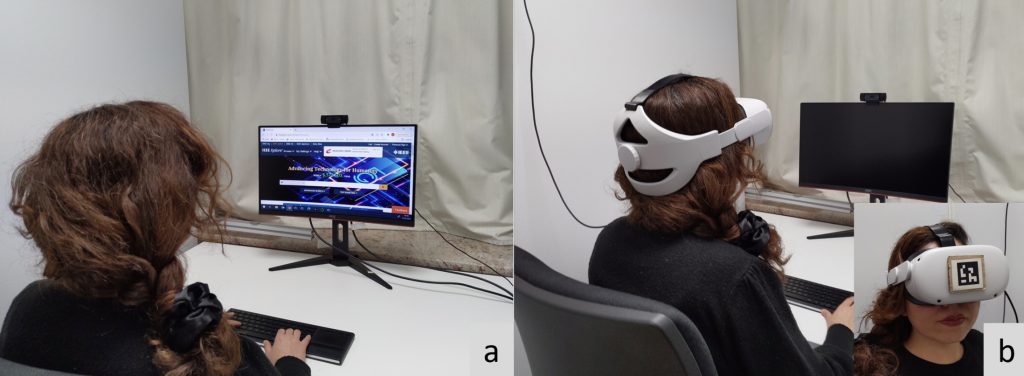
From small, low-quality monitors to cramped cubicles there are many aspects of our physical work environments to complain about.
While still in early stages, virtual reality can already be used to create virtual workspaces that employees can customize based on their needs by, for example, adding multiple virtual screens or placing their office in the middle of a tranquil forest or on Mars.
Unfortunately, a recent paper entitled Quantifying the Effects of Working in VR for One Week (pdf) is making the idea of knowledge workers transitioning to virtual offices seem unrealistic, at least in the near future.
In the paper, the team of 12 researchers describes the findings of a comparative study involving 16 participants. Each of the participants completed a full week of work (40 hours in total) in a physical and in a virtual environment.
The physical environment was designed to replicate the typical office setting, with participants sitting in front of a computer with a 24-inch curved display and the Logitech K830 keyboard with a built-in touchpad. This physical work environment was then replicated using the Oculus Quest 2 headset and the same bluetooth keyboard.
““During the study, the participants”” had their heart rate monitored, and they were asked to fill out multiple sets of questionnaires to asses different aspects of participants’ general physical and mental wellbeing.
“We found concerning levels of simulator sickness, below average usability ratings and two participants dropped out on the first day using VR, due to migraine, nausea, and anxiety,” write the researchers.
The team behind the study does point out that the participants gradually overcame negative first impressions and initial discomfort, so perhaps it’s just too much for someone with limited VR experience to suddenly spend an entire week of work in a virtual office.
